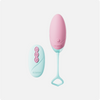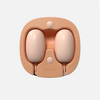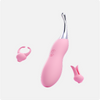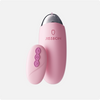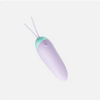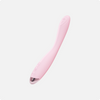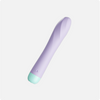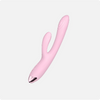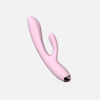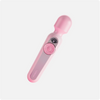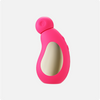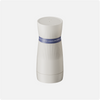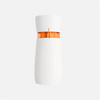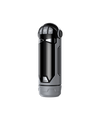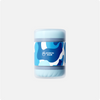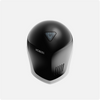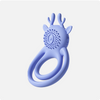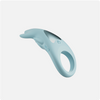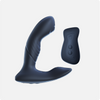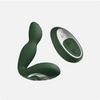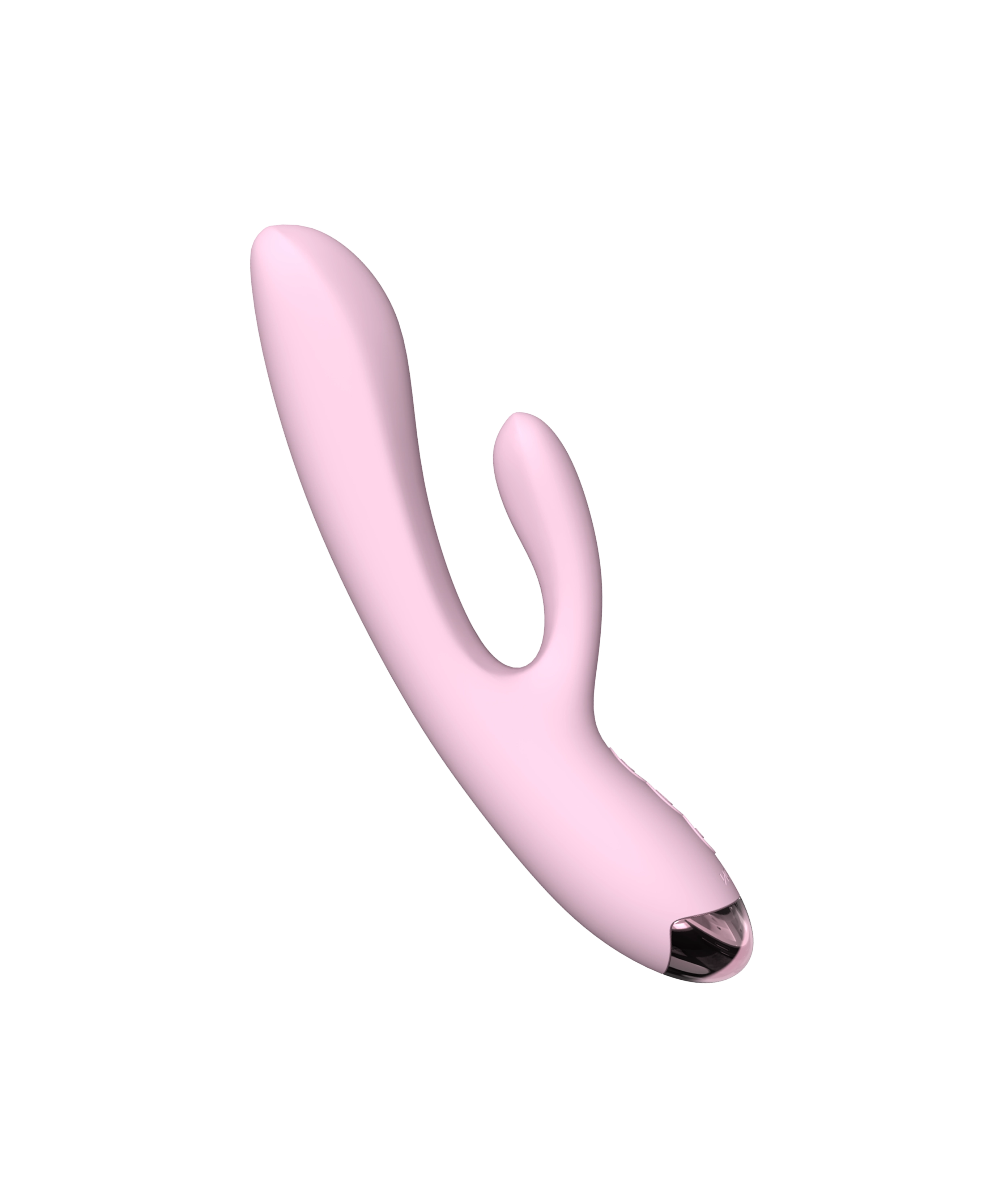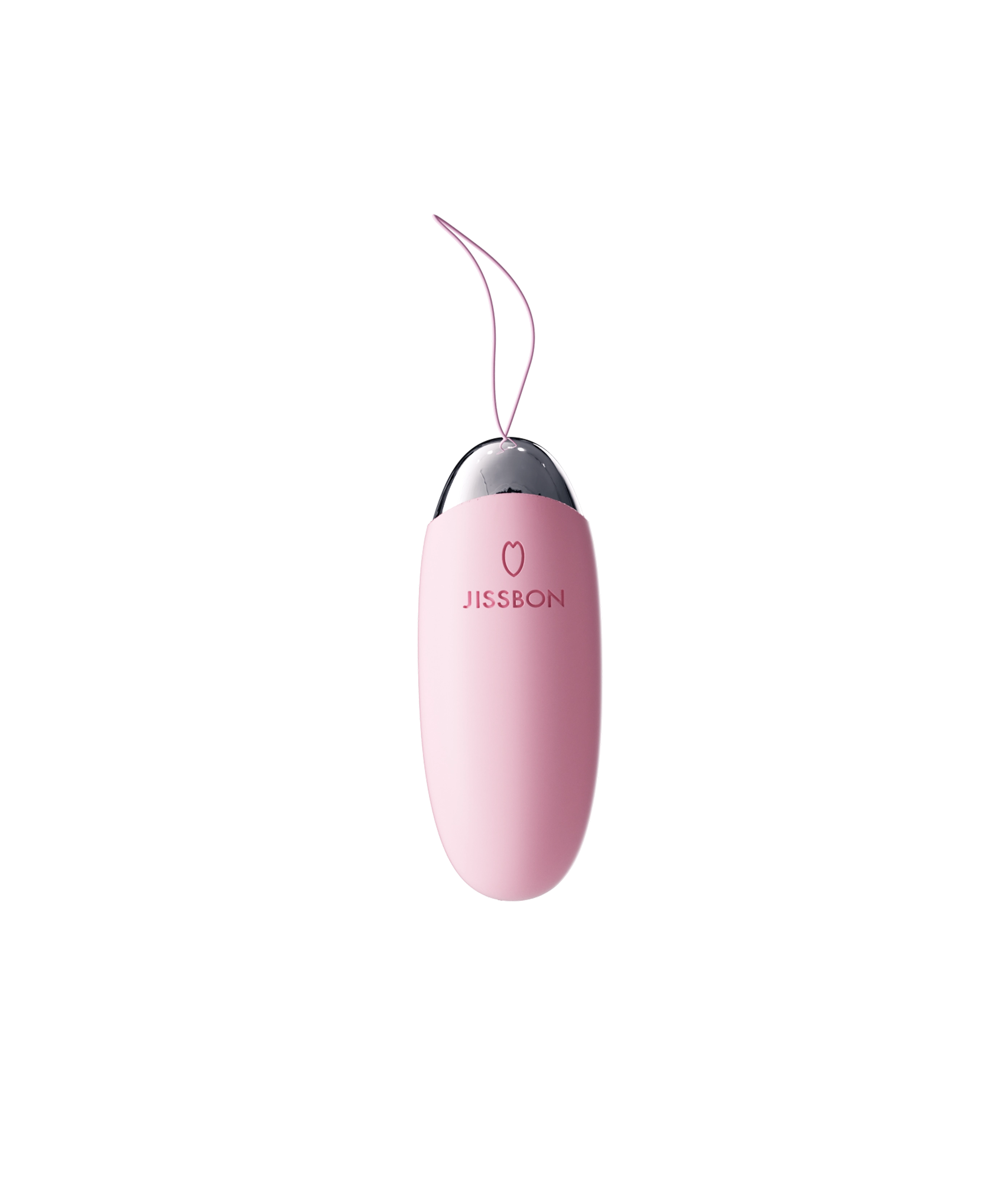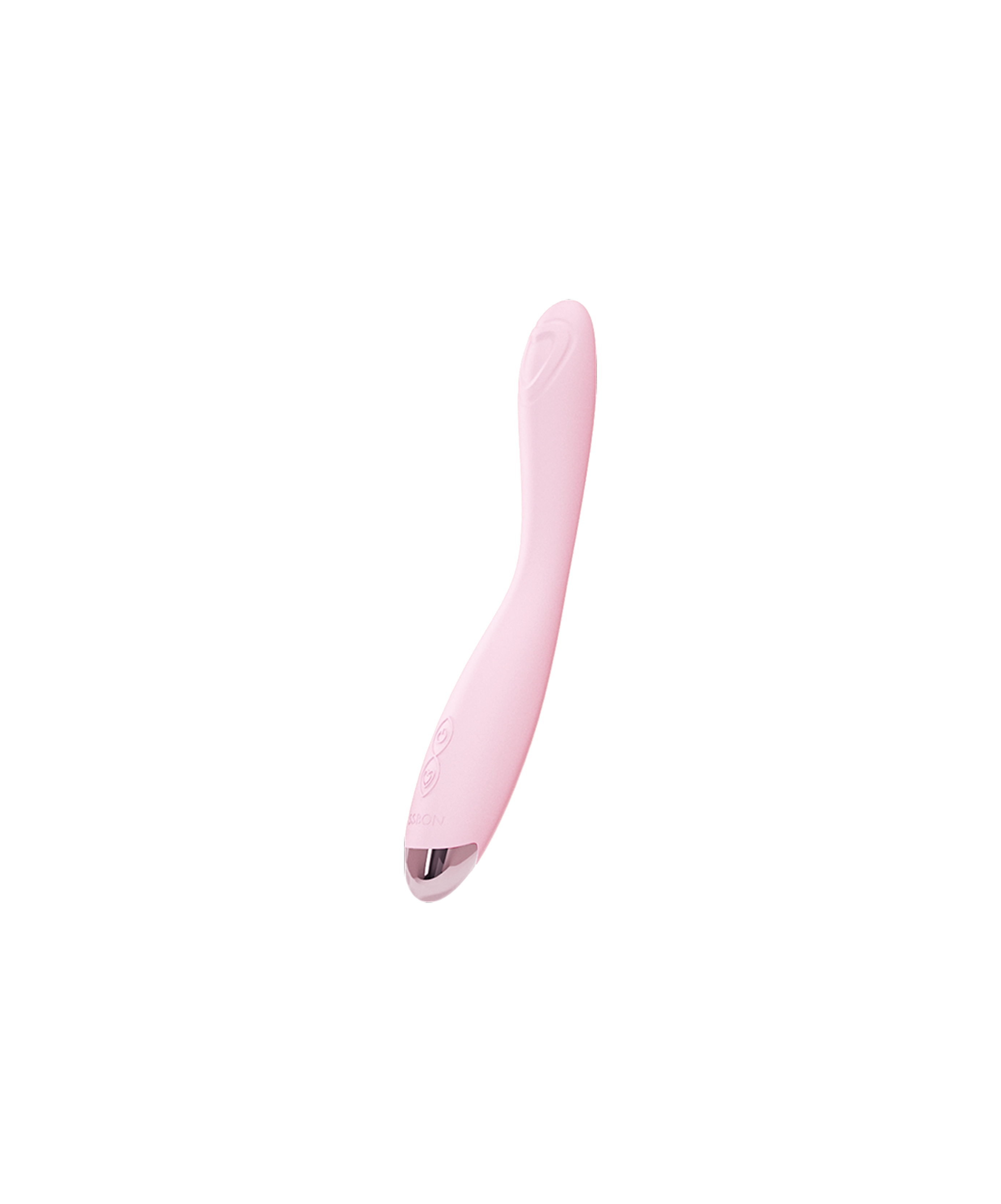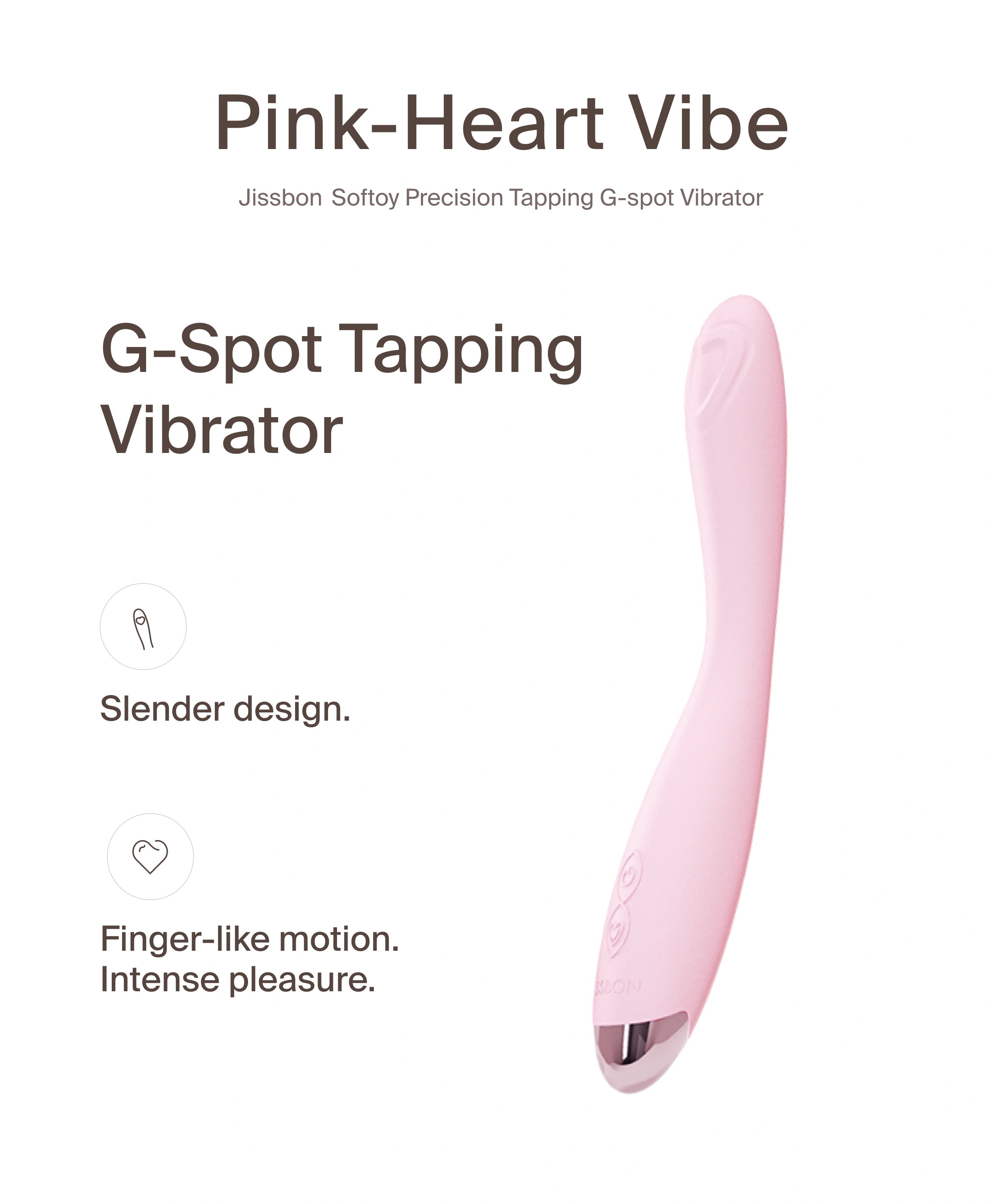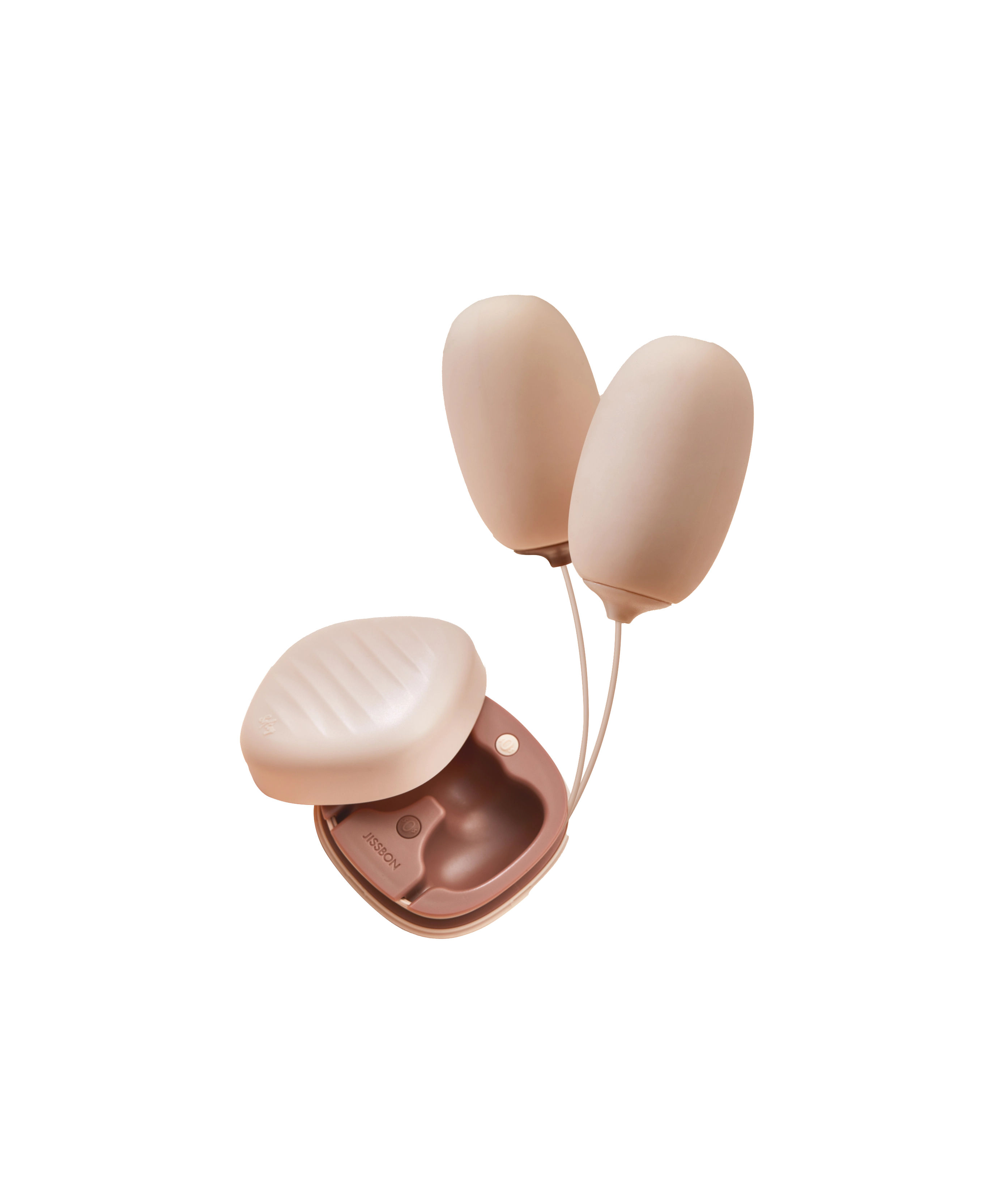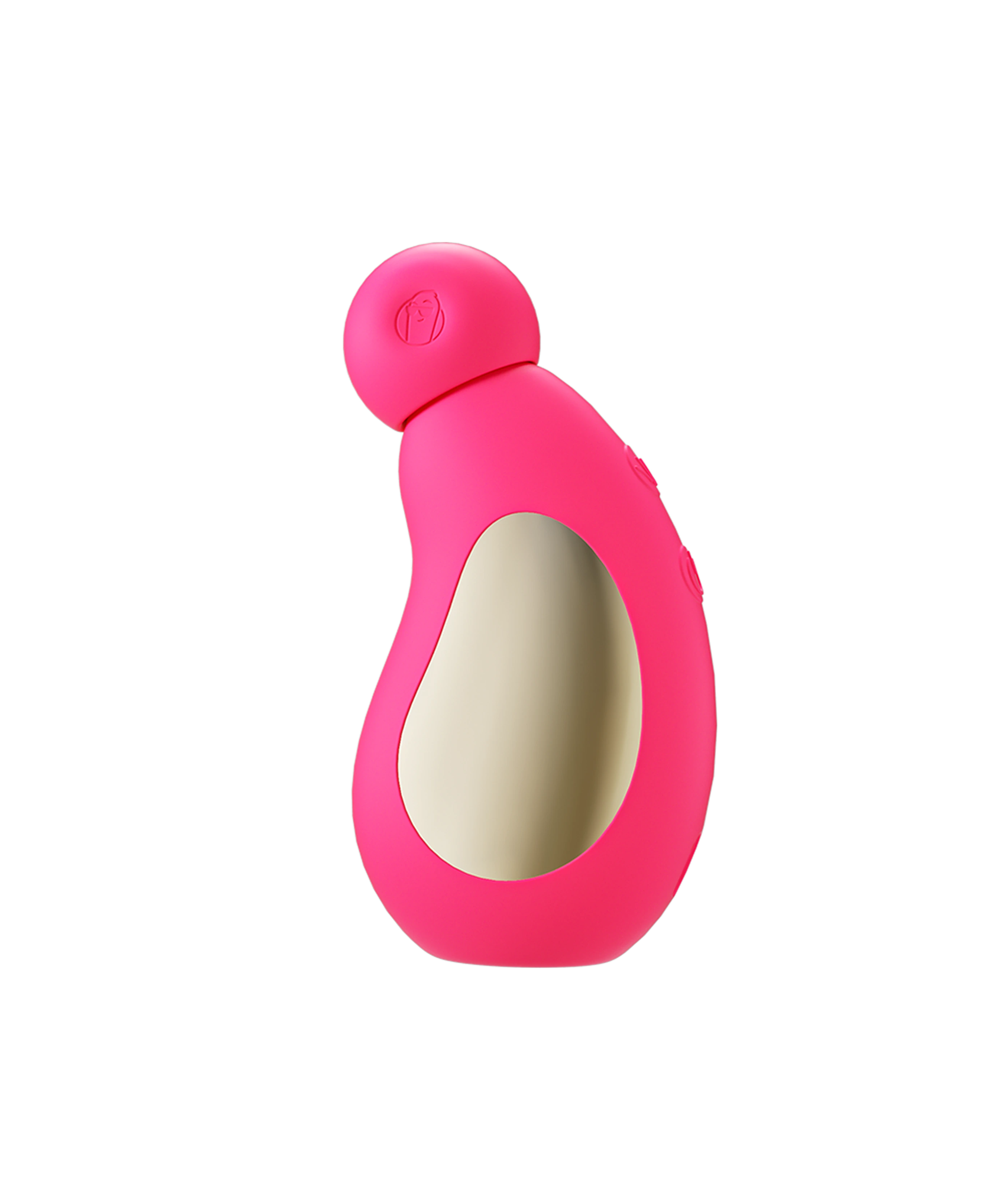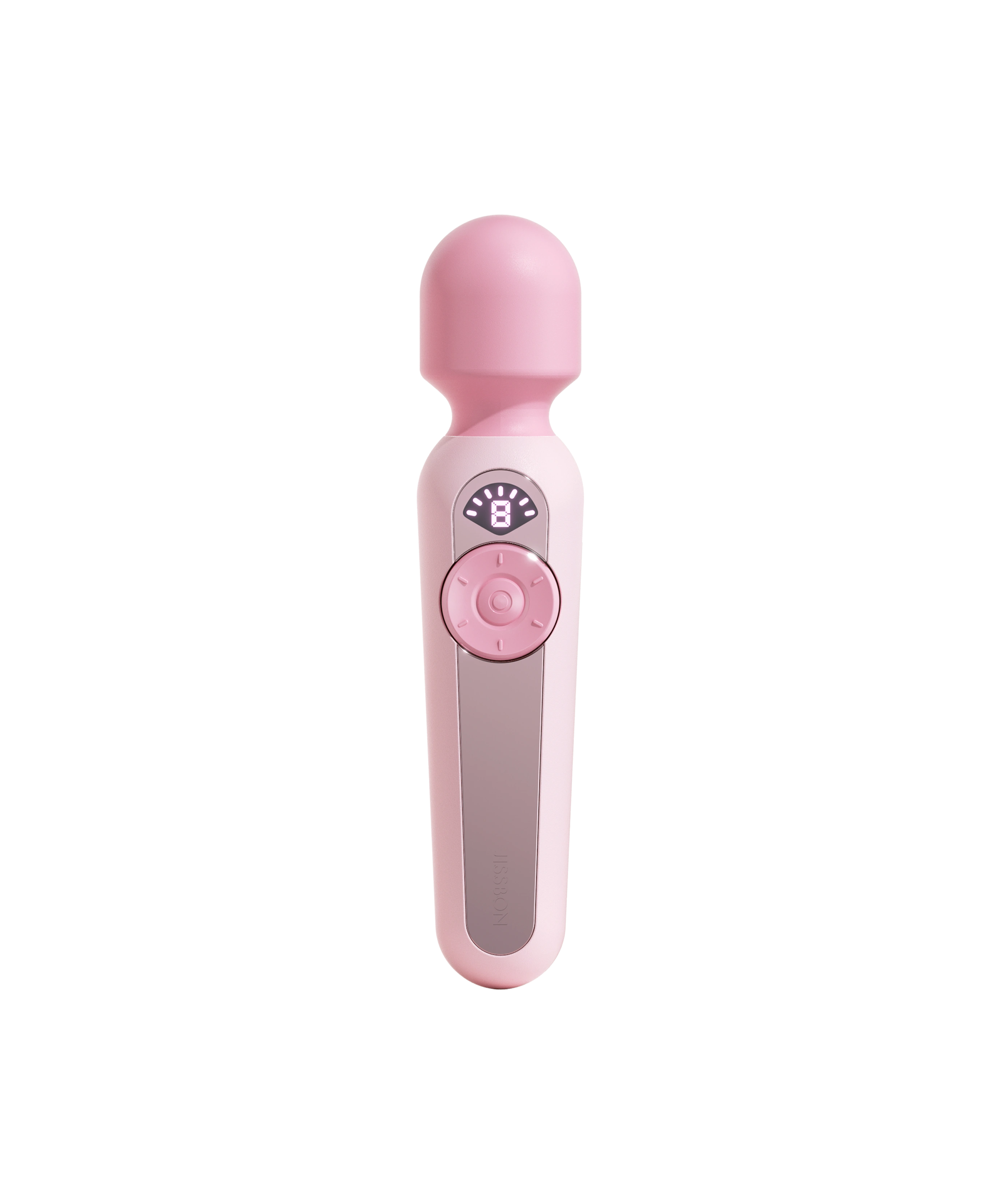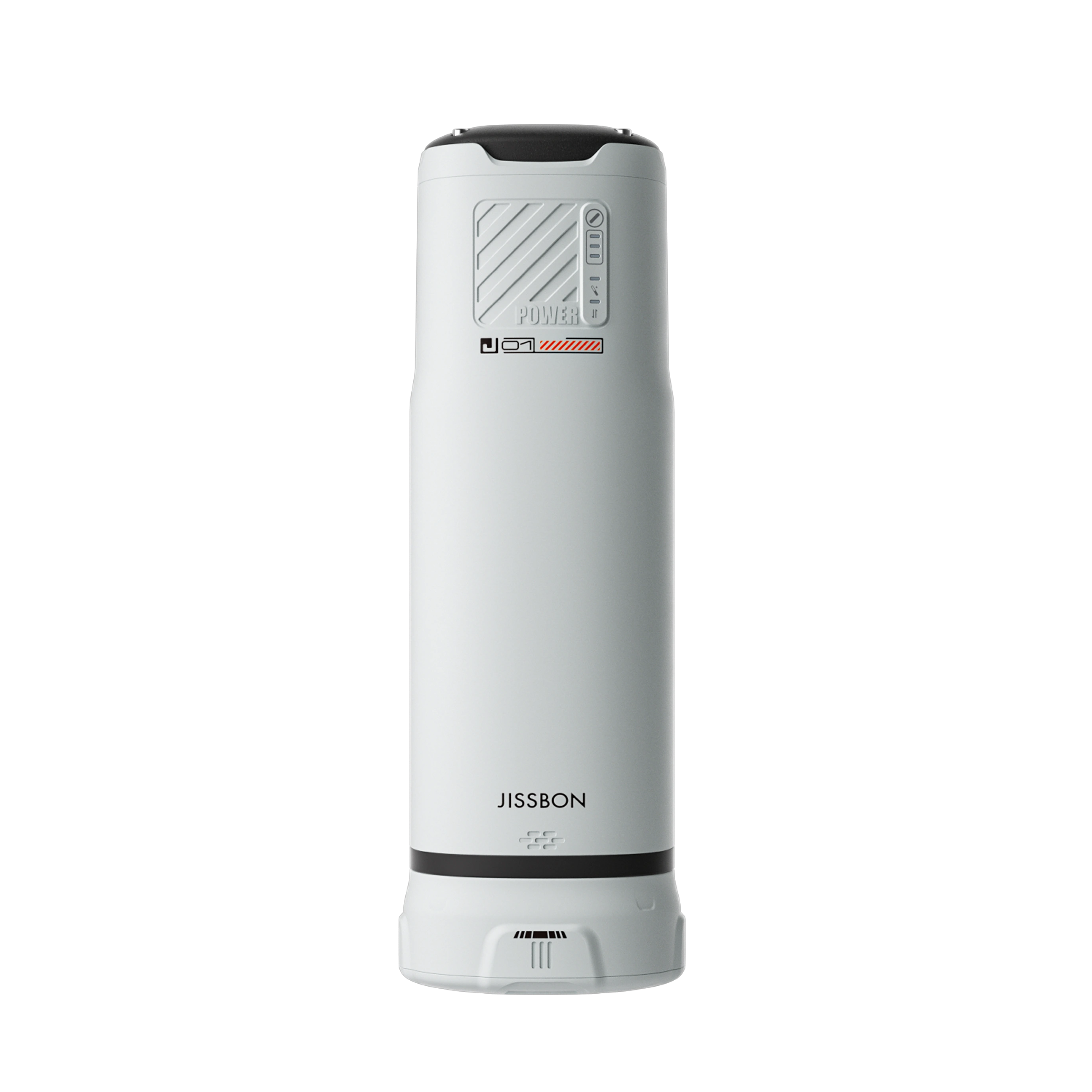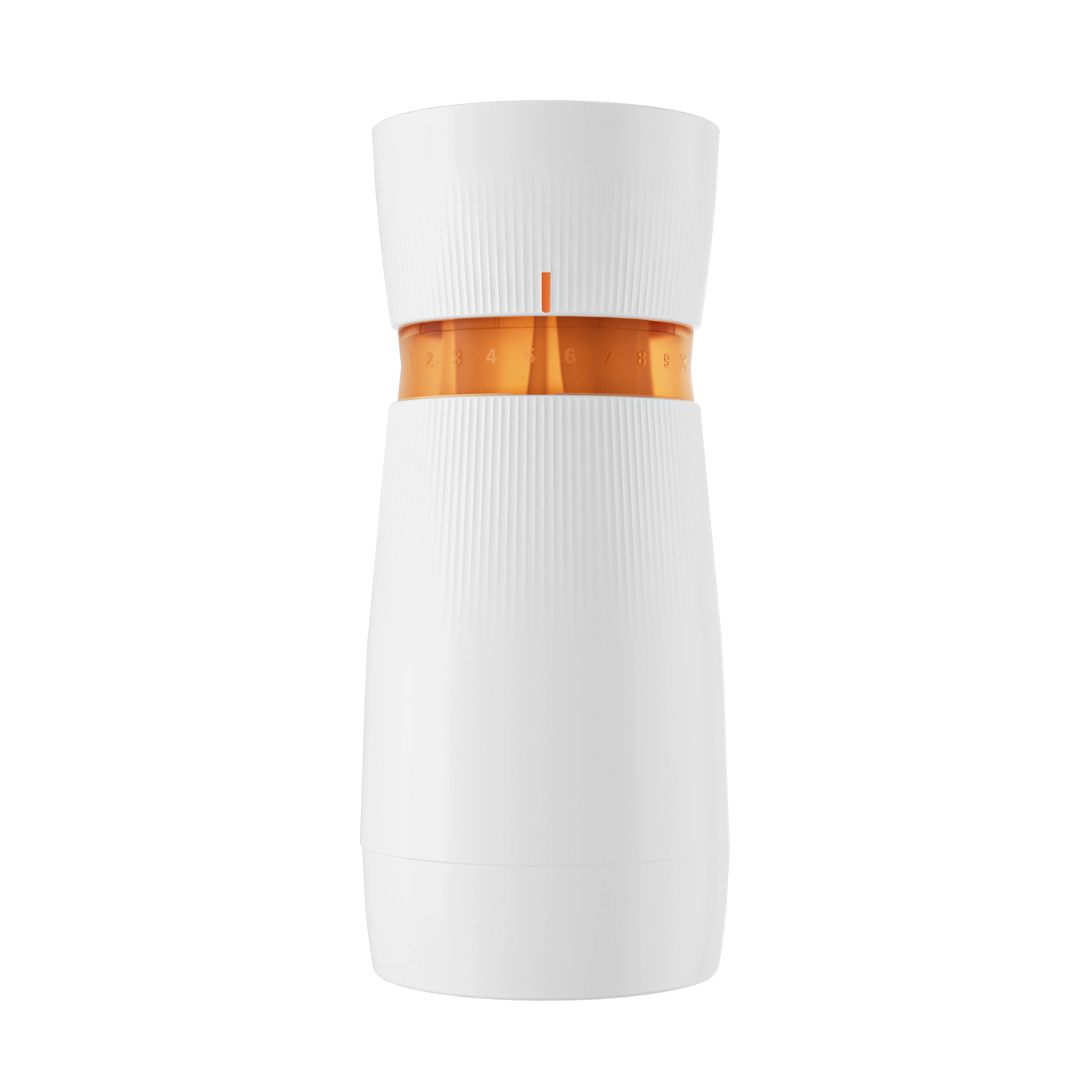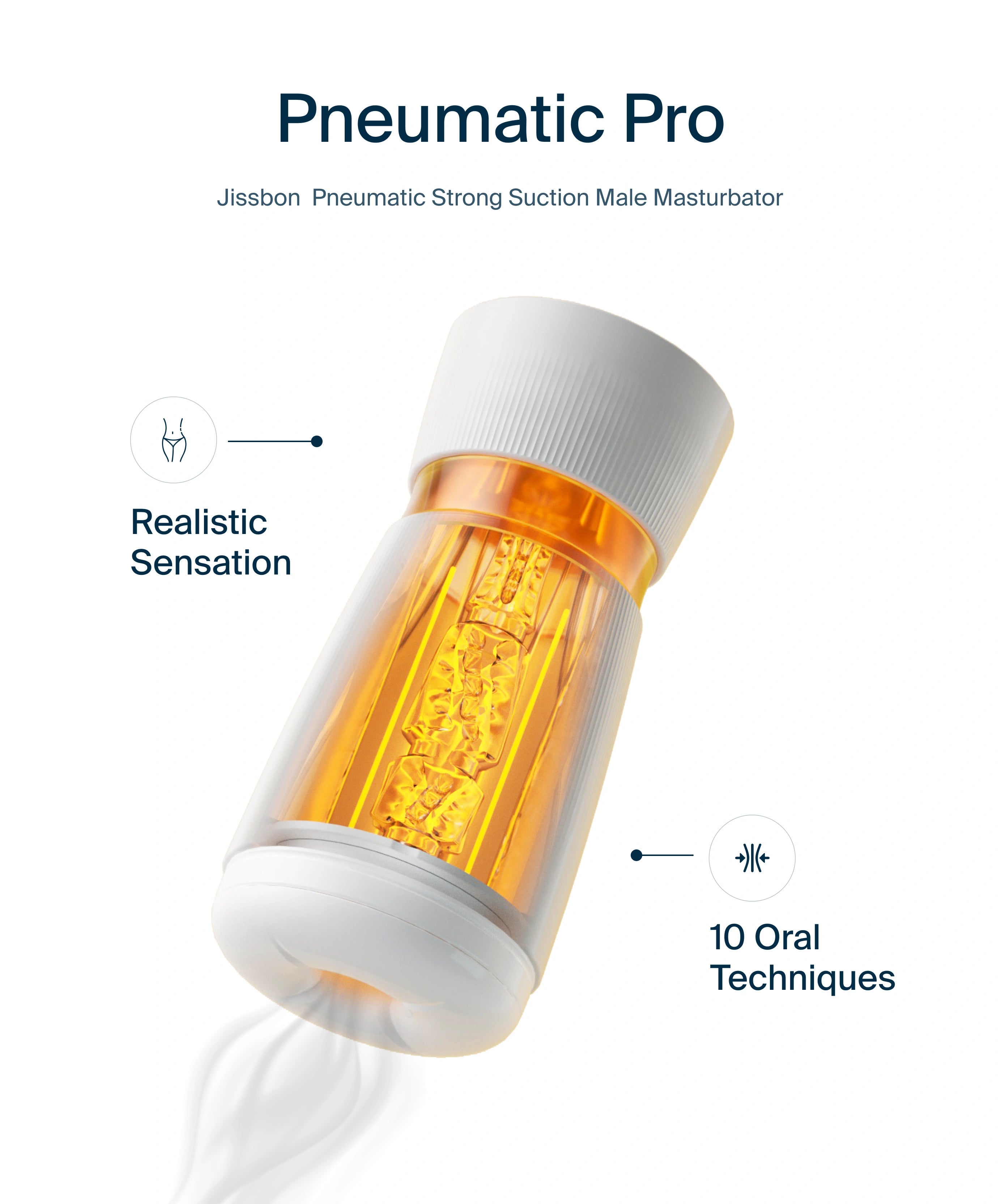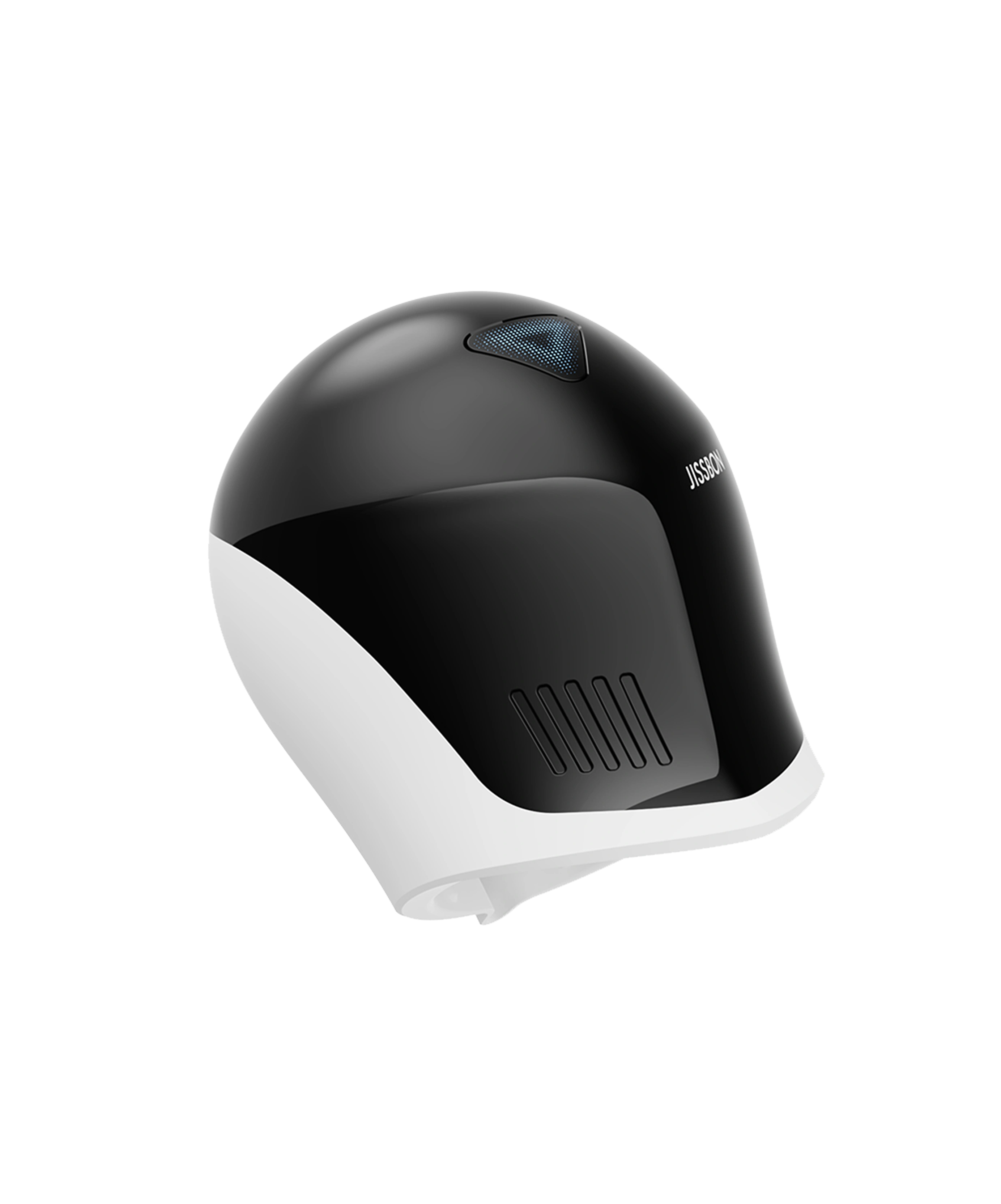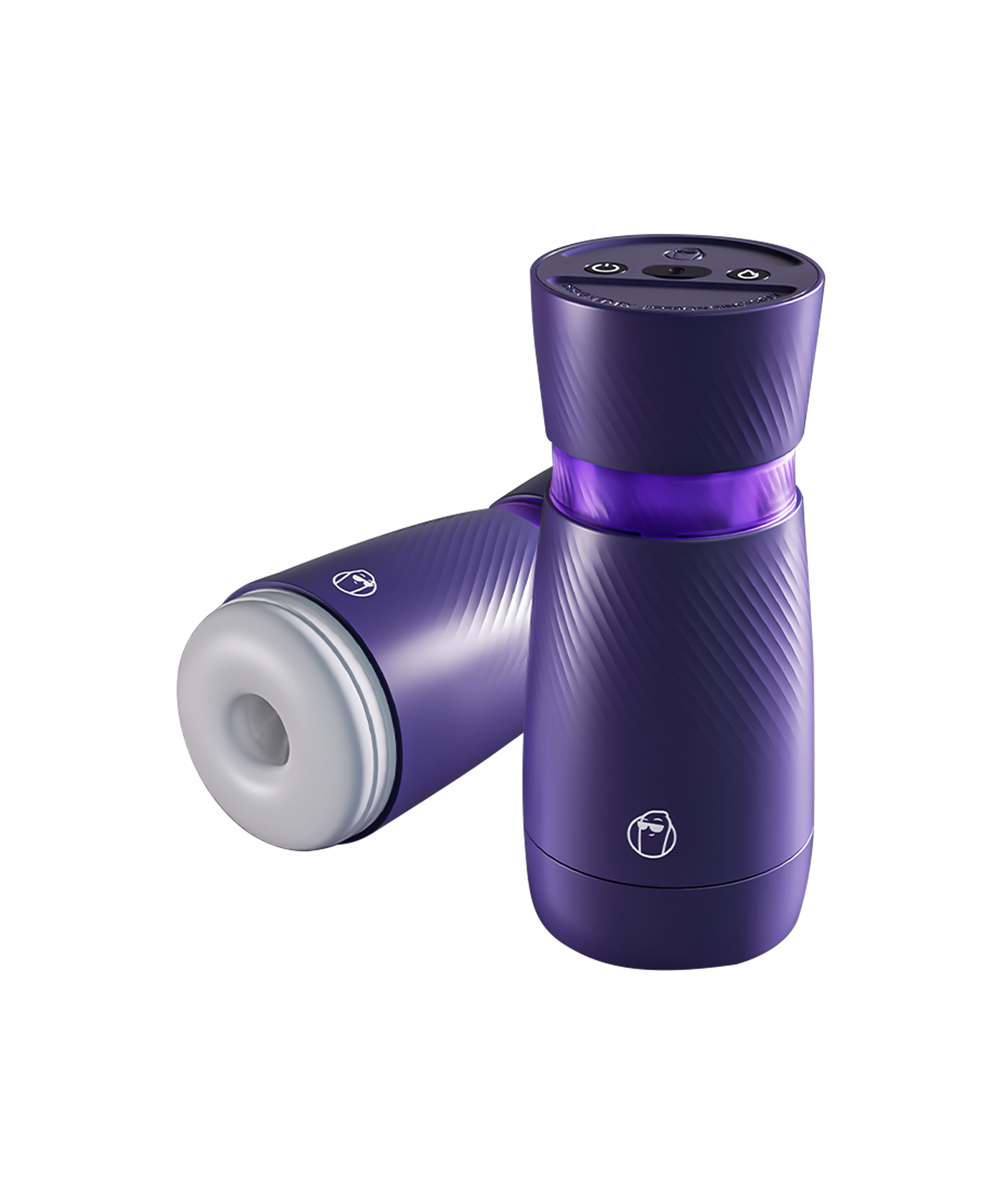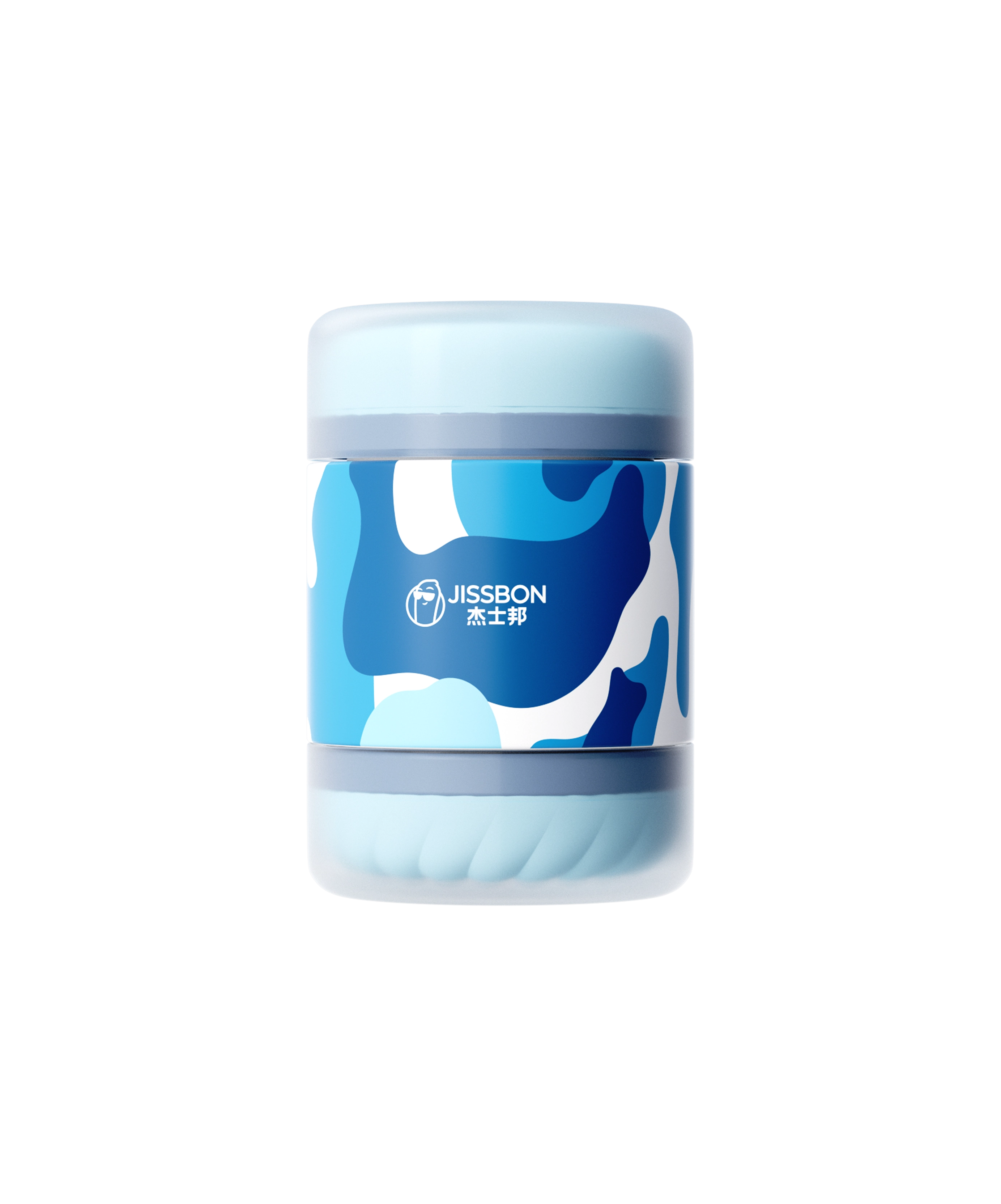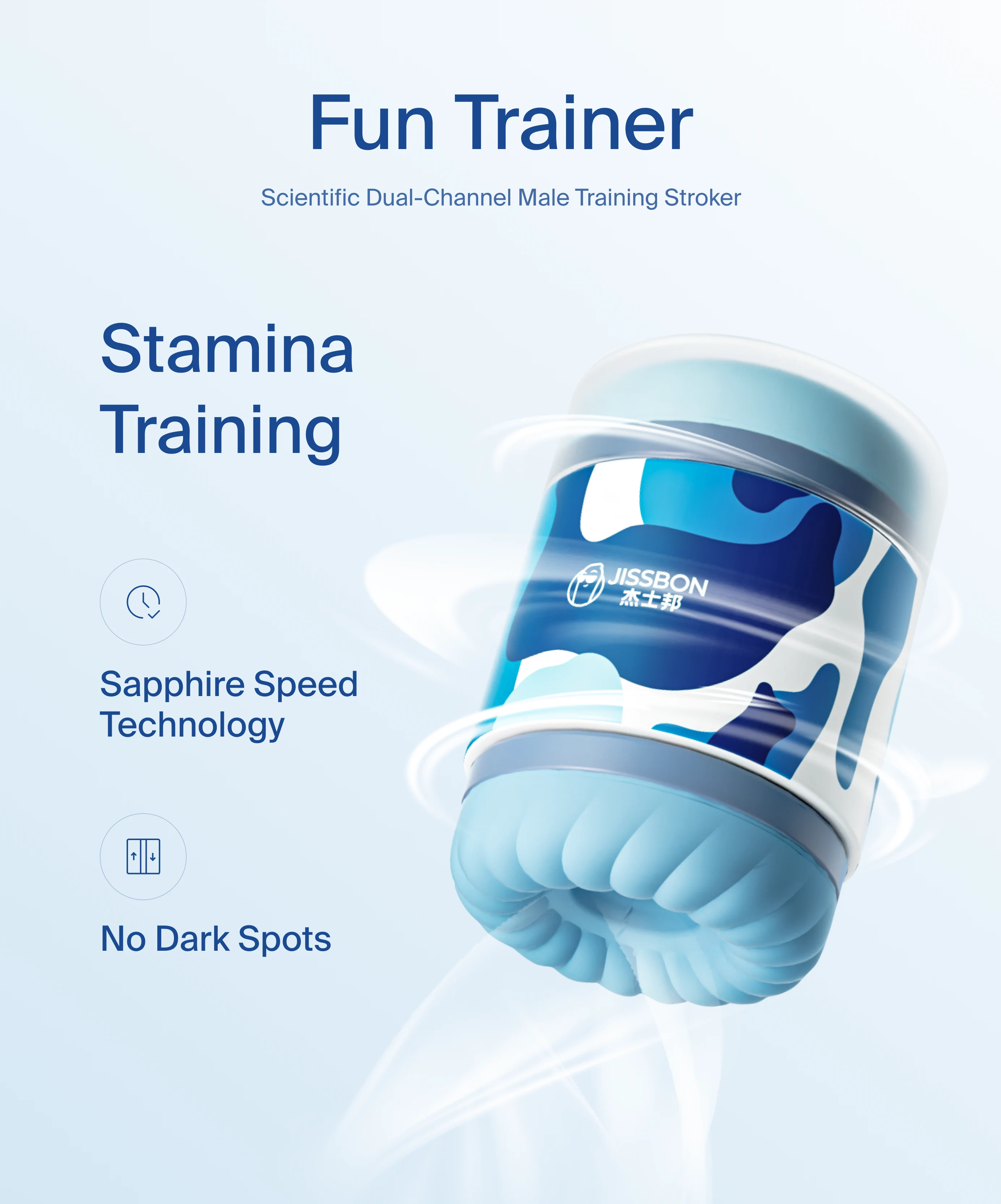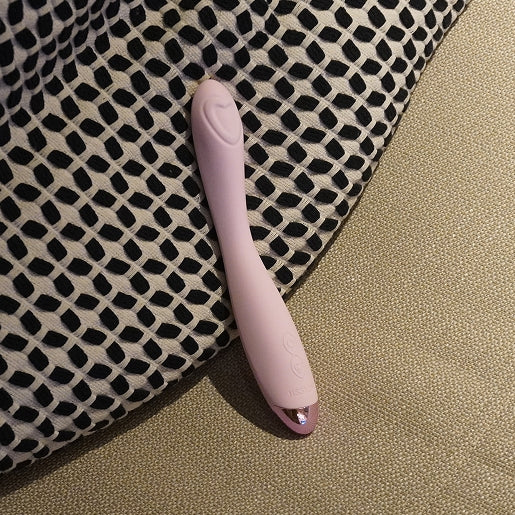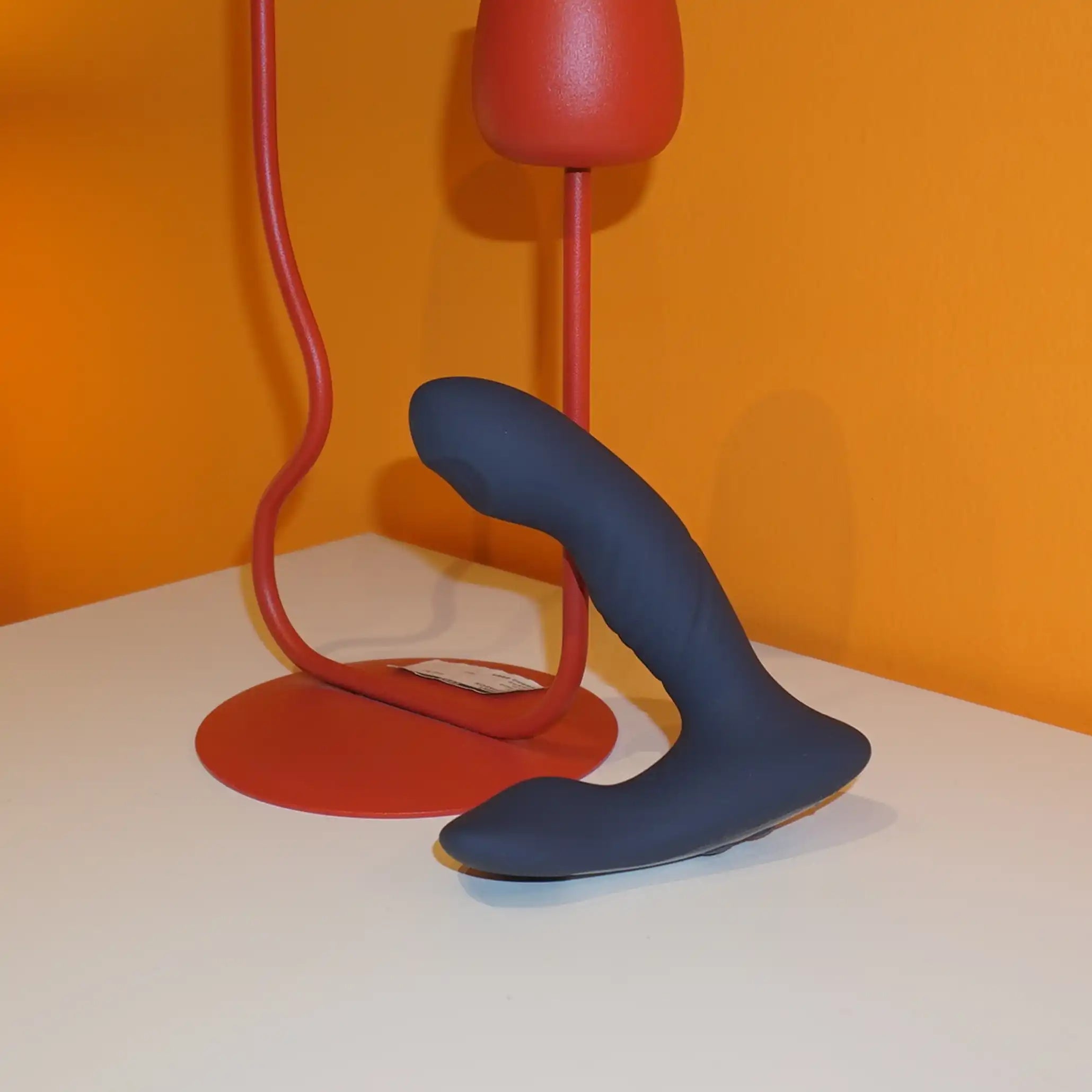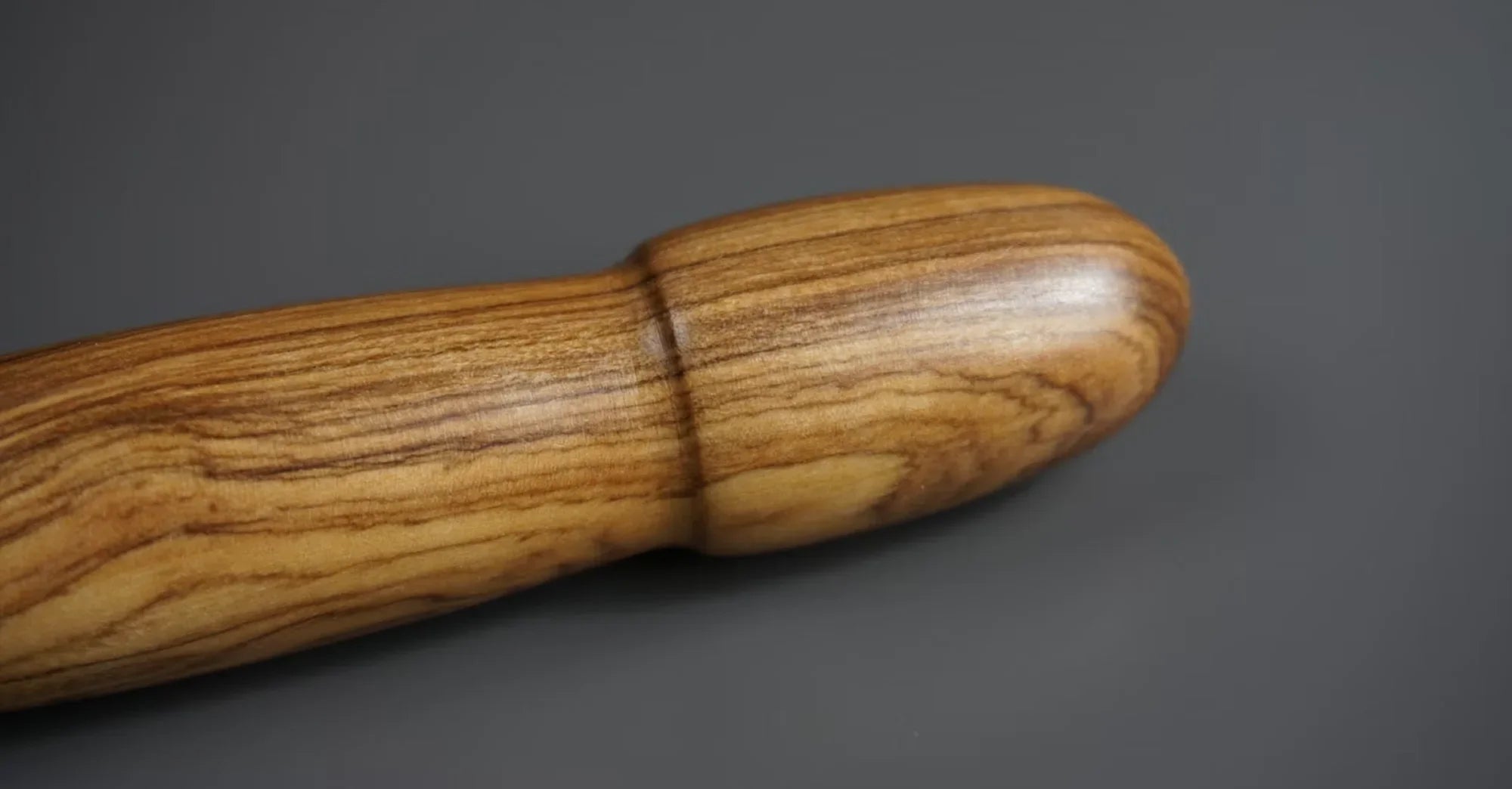The “mushroom shape” mainly refers to the glans and its flared corona (the ridge) sitting atop a narrower neck. This region is densely innervated and highly sensitive, which helps with arousal and orgasm.A leading (but debated) evolutionary idea is the semen-displacement hypothesis: the flared head may have helped push out rival semen during sperm competition in our ancestral past. Evidence is mixed and not considered definitive. Other complementary ideas focus on mechanics and comfort (the foreskin’s gliding mechanism, friction reduction), sensory signaling, and fit with the female reproductive tract.
First, the parts: what “mushroom shaped” actually means
- Glans penis: the bulbous “head.” It’s richly innervated and critical for pleasurable sensation.
- Corona: the flared ridge where the head overhangs the neck/shaft; it forms a groove (the coronal sulcus) behind it. The corona/frenulum area is especially erogenous.
- Prepuce (foreskin), if present: a mobile sleeve of tissue that covers the glans when not erect and can slide during intercourse. This gliding can change friction dynamics for both partners.
The big evolutionary idea: semen displacement (and the debate)
The hypothesis in one line
Evolutionary psychologist Gordon Gallup proposed that the flared head and coronal ridge evolved to displace semen left by a prior male, improving a male’s odds in sperm competition when multiple matings occurred close together. In lab models, a glans with a pronounced ridge pushed simulated semen away from the cervix toward the vaginal opening.
Follow-up work argued that human sexual behavior (including episodes of closely spaced matings by different partners) could make such a design adaptive. Popular science outlets and explainers frequently cite this as the leading story.
What critics say
- Evidence is indirect. Most tests use inanimate models or surveys, not real-time physiological observation during intercourse.
- Alternative forces (mechanics, sensory function, foreskin dynamics, mate choice) could also drive the shape. A recent review summarizes both the hypothesis and critiques, and even suggests alternative explanations for the glans’ form and texture.
Bottom line: The semen-displacement idea is plausible but not proven; the modern consensus is that multiple factors—mechanical, sensory, developmental, and social/sexual selection—likely contributed to the glans-corona design.
Mechanics & comfort: how the “mushroom” works with a partner’s body
1) A seal, a stop, and a smoother ride
The flared corona may help form a transient seal as the penis moves, influencing fluid motions (natural lubrication) and contact patterns in the vagina. The sulcus behind the corona also creates a clear step-off where the foreskin can fold and glide. Anatomists describe the corona/glans as highly vascular and innervated, which fits a role in both sensation and mechanical feedback.
2) Foreskin gliding reduces friction
With an intact foreskin, the gliding mechanism can reduce external friction at the introitus and distribute motion internally, which some authors argue can make penetration easier and more comfortable for both partners (especially when lubrication is limited). Although not all studies agree on magnitudes or implications, the friction-reduction claim appears repeatedly in anatomical and sex-ed literature and some experimental modeling.
3) Sensory targeting and feedback
Neuroanatomy studies show dense innervation of the glans, frenulum, and corona via branches of the dorsal and perineal nerves. That “hot-spot” distribution supports the idea that the mushroom-like head is a sensory organ—helping fine-tune motion, pressure, and arousal during sex.

Signaling & selection: pleasure, bonding, and partner choice
Another suite of ideas focuses on sexual selection—traits that enhance pleasure, pair bonding, or mate choice can get favored over generations. A sensitive, pronounced glans could:
- Increase mutual pleasure, reinforcing pair sex and attachment.
- Provide tactile cues that help partners coordinate rhythms and angles (feedback loop through sensation).
Development & universals: how we get the shape
Embryology texts describe how a preputial fold develops around the glans and how the coronal sulcus and corona form as distinct structures. The groove and ridge are conserved features in human male development, regardless of later cultural practices (e.g., circumcision).
-
Why is the tip of the penis mushroom shaped (right at the head)?
Because the glans is bulbous and the corona flares beyond the neck of the penis, creating a cap-and-stem profile. This architecture houses dense nerve endings and a rich blood supply, contributing to arousal and orgasm. -
Is the mushroom shape really for “scooping out” semen?
That’s one evolutionary hypothesis (semen displacement). Lab models and survey work support its plausibility, but direct in-vivo evidence is limited, and scholars have proposed alternative mechanical/sensory explanations. Most likely it’s multi-factorial, not just one purpose. -
Does the foreskin have anything to do with the shape’s function?
Yes—the foreskin can glide over the glans and corona, which may reduce friction and modulate sensation for both partners. This mechanical synergy is frequently cited in anatomical and sex-ed sources (though not all researchers agree on how large the effect is). -
Is the corona the most sensitive part?
Sensitivity varies by person, but many report the frenulum/corona region as especially responsive; neuroanatomy confirms dense innervation there. -
Do all primates have a “mushroom head”?
Penile shapes vary across primates and mammals. Humans have a distinctive glans + corona organization; other species show different morphologies (e.g., spines or baculum), underscoring that multiple evolutionary solutions exist. (General anatomy references discuss the human prepuce and glans as one of many mammalian patterns.) -
Does circumcision change function?
Circumcision removes the foreskin but not the glans/corona shape. People report a range of experiences: some notice differences in friction and moisture; others report no meaningful change. Research is mixed; what’s clear is that cleaning, lubrication, and communication improve comfort regardless.
Practical takeaways: comfort, pleasure, and care
- Lube is your friend. Regardless of foreskin status, good lubrication supports comfort and reduces irritation. (This matters because the glans/corona are richly innervated and easily overstimulated when dry.)
- Angles > force. Small changes in tilt and rhythm often feel better than pressing harder, because you’re changing how the corona and frenulum contact tissue—consistent with the region’s sensory role.
- Hygiene: Clean the glans/coronal sulcus regularly; if uncircumcised, retract and rinse under the foreskin. (Basic care reduces irritation and odor; your anatomy is designed to be cleaned and to feel good.)

A brief tour of the science (for the curious)
- Semen-displacement studies: Gallup and colleagues modeled semen movement and surveyed mating patterns to argue that a flared glans could out-compete rival sperm. These papers are widely cited—but also widely debated.
- Critiques & alternatives: Recent commentary reviews criticisms (e.g., ecological validity, lack of in-vivo data) and offers alternatives focusing on texture, sensation, and mechanical fit.
- Neuroanatomy: Classic and modern work shows dense sensory innervation in the glans/corona/frenulum, consistent with a sensory-optimization role.
- Foreskin mechanics: Medical journalism and experimental modeling describe reduced friction and a gliding mechanism that may aid comfort and penetration, though this remains a lively research area with mixed findings.
- Public explainers: Popular articles (including your competitor) present semen displacement as the headline story, reflecting how compelling (and memorable) the idea is in science communication—even as specialists keep debating it.
Frequently Asked Questions
Why are penises mushroom shaped—what’s the purpose of a cock head?
Anatomically: sensation and mechanical function (glans/corona). Evolutionarily: likely a mix of sperm competition, sensory optimization, and mechanical fit during intercourse. No single explanation has a monopoly.
Why is the tip of the penis mushroom shaped—does it help sex feel better?
Yes for many people. The glans/corona are richly innervated and provide feedback that helps coordinate motion and arousal.
Is semen “scooping” real during sex?
Direct, real-time proof is limited; most evidence comes from models and behavioral surveys. It’s a plausible idea, but the field hasn’t settled it.
Does foreskin change how the mushroom shape works?
The shape remains; the foreskin can add a gliding layer that some studies and educators say reduces friction for both partners.
Are other animals’ penises mushroom shaped too?
Shapes vary widely across mammals; humans have a distinctive glans + corona combo without a penile bone (baculum), unlike many species.
If my corona is very pronounced, is that normal?
Yes—there’s normal variation in size and prominence. If you have pain, tears, or recurrent irritation at the sulcus/frenulum, talk to a clinician. (Basic hygiene and lube usually help.)
The bottom line
Asking why the penis is mushroom shaped opens a door to anatomy, pleasure, and evolution. The glans + corona act as a sensory hub and a mechanical interface with a partner’s body. The semen-displacement idea is an influential evolutionary story, but it’s likely only part of the picture—with gliding mechanics, sensation, and sexual selection also shaping the design. Keep your anatomy clean, use good lubrication, and explore angles and rhythms that work with your natural structure—your body is remarkably well-tuned for pleasure.
Read more
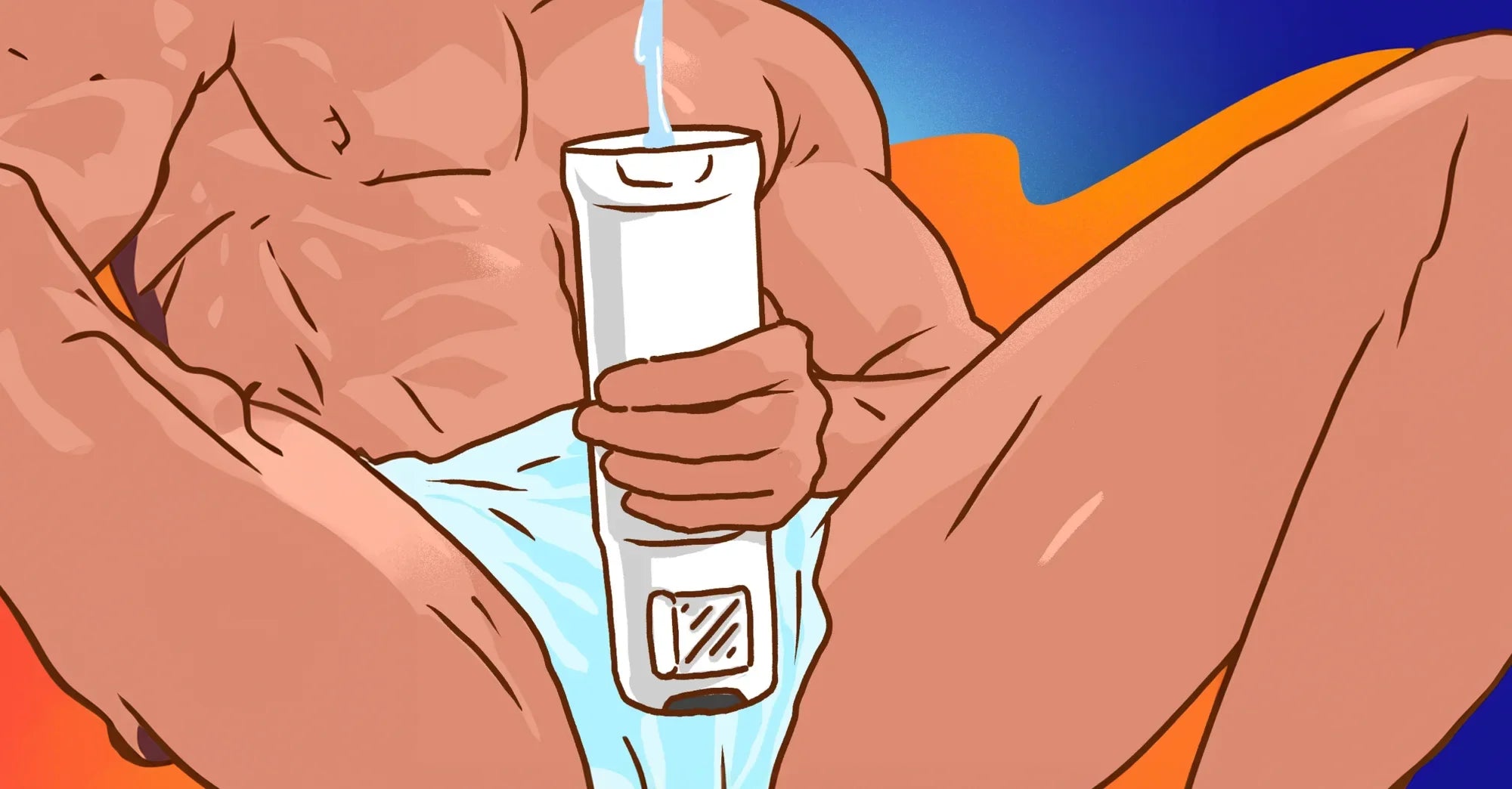
You’re here for good stuff to jerk off to—not just “more of the same,” but ideas that actually make solo time feel better. Below you’ll find fast wins (new techniques, focus cues), fun things to tr...

Most men like three things that never go out of style: feeling desired, clear cues, and great sensations. That means: Show enthusiasm (eye contact, small “yes” sounds, guiding hands). Use simple ...
